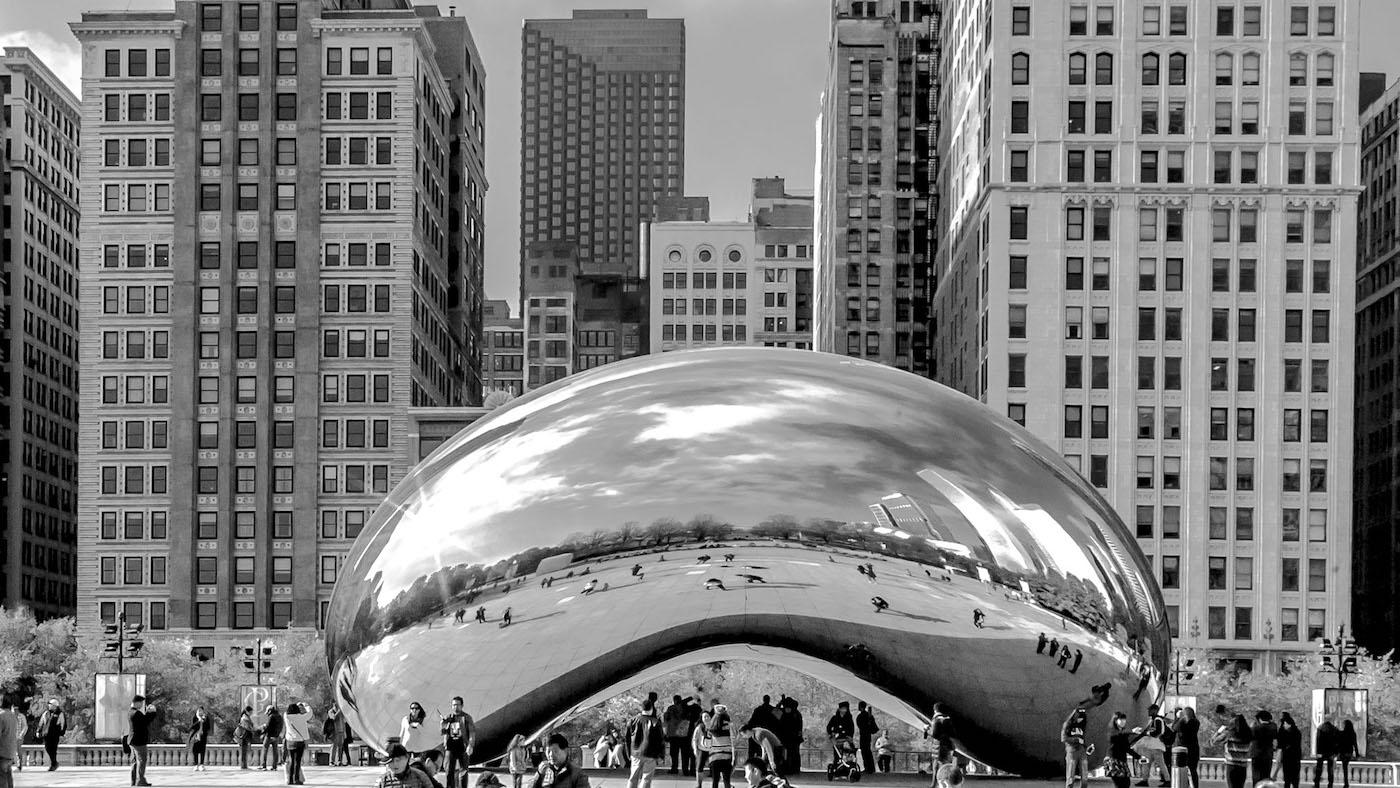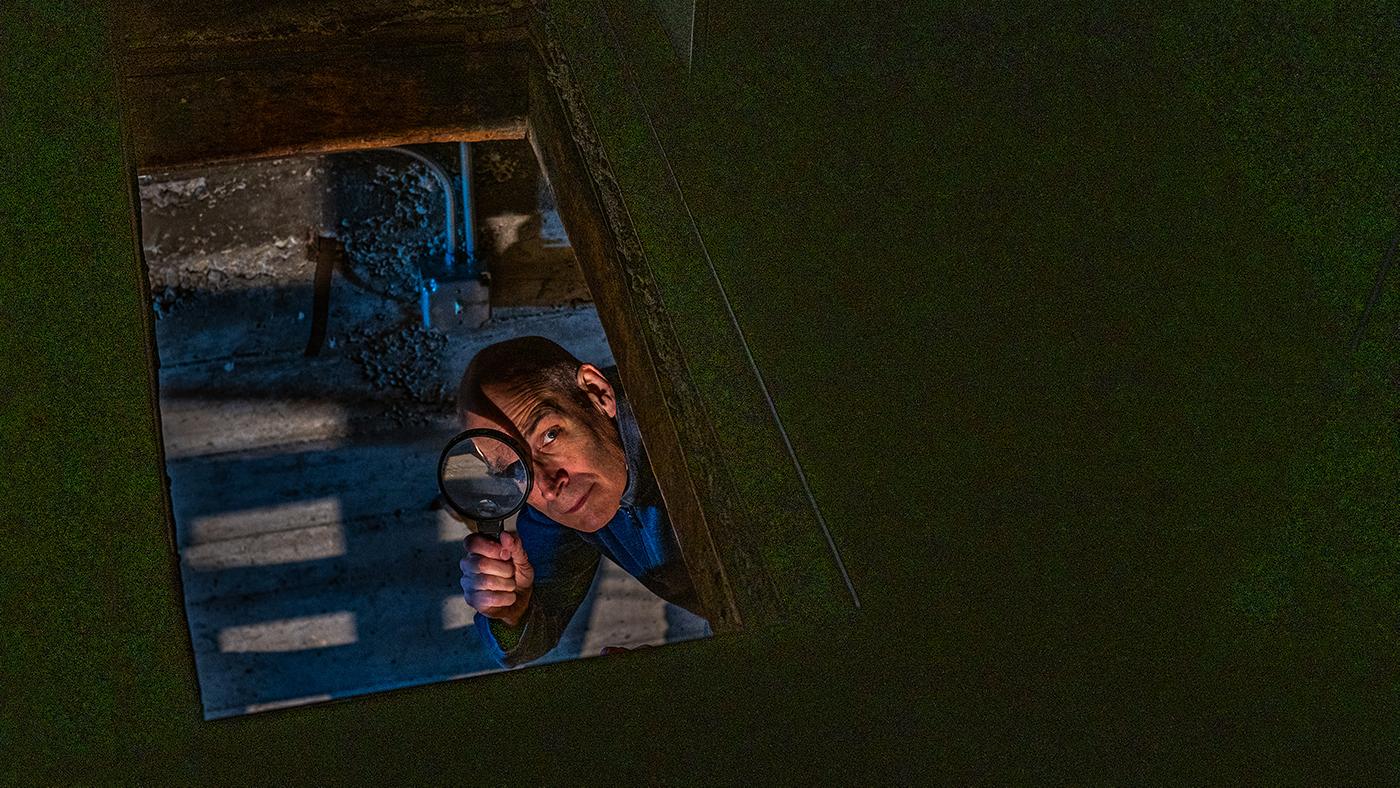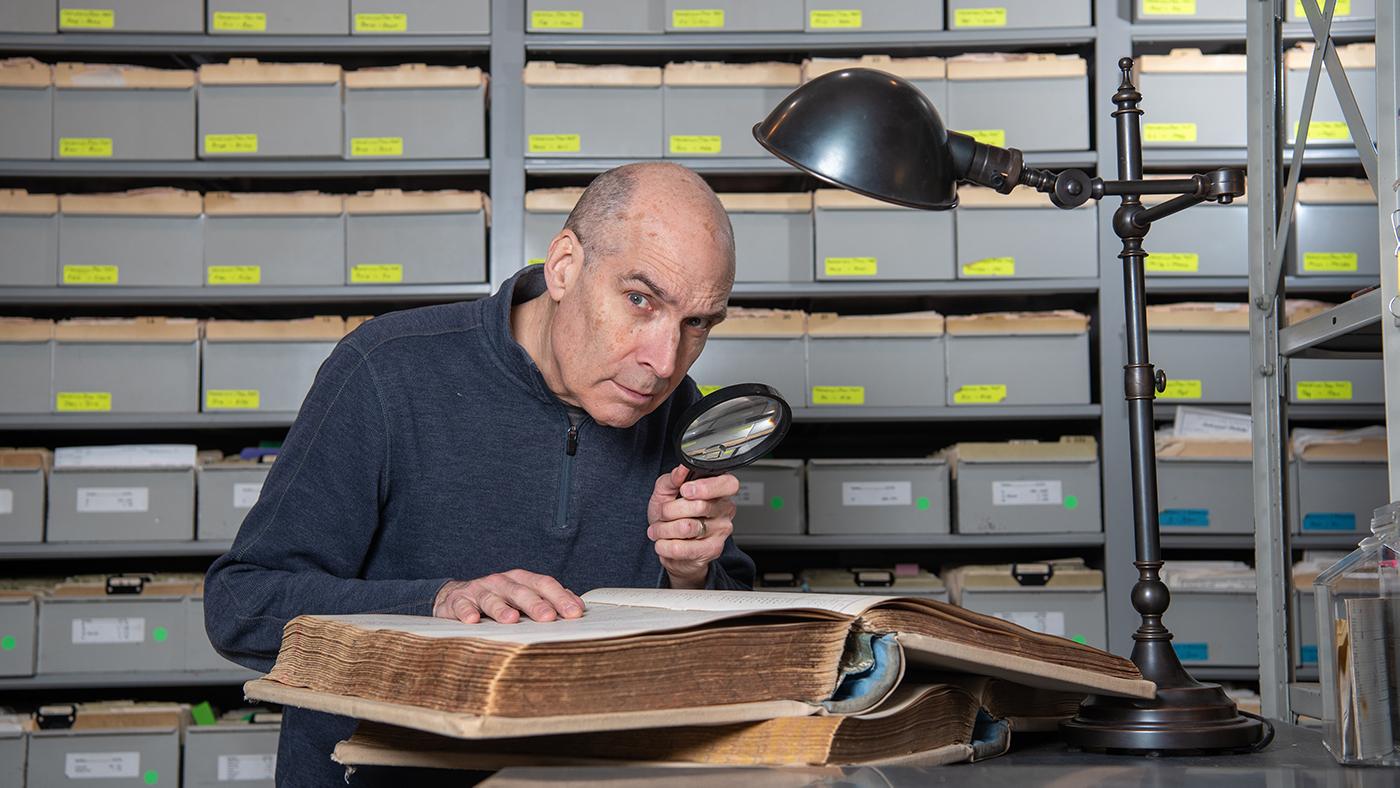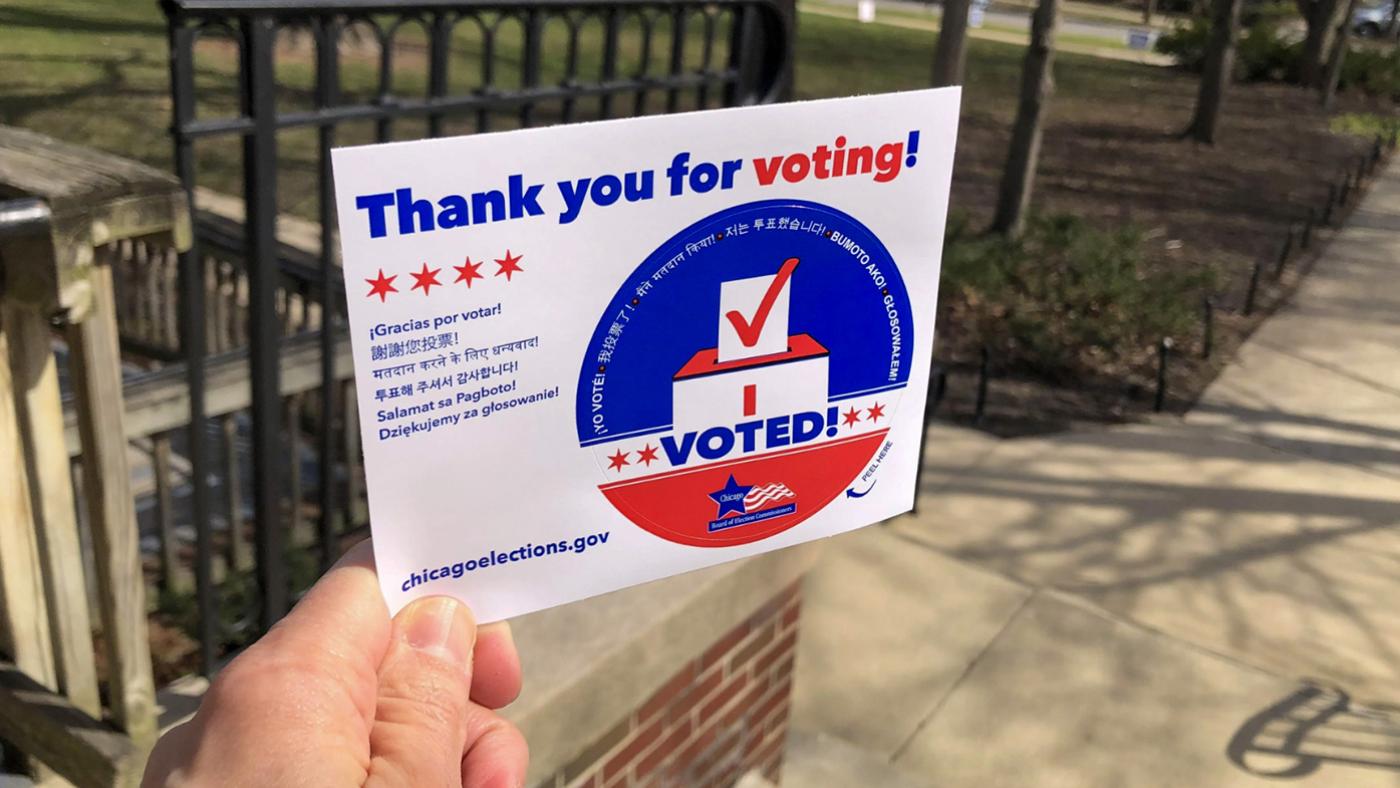A Conversation with Architecture Critics Blair Kamin and Lee Bey on Their Upcoming Book
Daniel Hautzinger
October 17, 2022

“My aim was to open your eyes to, and raise your expectations for, the inescapable art of architecture, which does more than any other art to shape how we live,” Blair Kamin wrote in his final column as the Chicago Tribune’s architecture critic, a role he held for 28 years before stepping down in early 2021. A lofty goal, but one which at least the Pulitzer committee thought he fulfilled, awarding him a Pulitzer Prize in 1999 particularly for his series exploring the vast inequities of Chicago’s lakefront public space.
Kamin continued to explore issues of equity over the following decades, as his upcoming book Who Is the City For? makes clear with its subtitle: “Architecture, Equity, and the Public Realm in Chicago.” Due to be published on November 16, the book gathers some of Kamin’s significant columns covering the “post-Great Recession building boom” in Chicago over the past decade, adds postscripts looking back on them from today’s vantage, and pairs them with the photography of his one-time competitor Lee Bey, who serves as the Chicago Sun-Times architecture critic. (Bey is also a contributor to WTTW.)
Bey and Kamin recently sat down with WTTW to speak about the book, Mayor Lori Lightfoot’s Invest South/West urban planning initiative, the possibilities of public space, and places to watch over the coming years.
This conversation has been edited and condensed.
A big theme of the book is equity—how do you think the city has done on equity over the past decade?
Kamin: I don't think the city under Rahm Emanuel did good enough on equity. I think there were isolated projects that attempted to address the issue of equity, but they tended to be one-offs.
If there's anything that Lori Lightfoot and her planning commissioner, Maurice Cox, have done well so far—and I stress “so far”—it is the systematic approach of the Invest South/West program. Ten neighborhoods, trying to build up the business districts at the core of these neighborhoods, using the principles of the New Urbanism, mixed-use development, getting a total of $1.4 billion in investment where people thought it was impossible to get any. The problem for them is that these things take time. You don’t just snap your finger and—poof!—change a neighborhood overnight.
The big picture, if you step back, is that the city has become more polarized economically and more a tale of two cities. You've got the glamorous city epitomized by the Bean. And then you've got this other city where the middle class has shrunk, where there are more poor people. And there's this real gulf between the two cities, whereas before, as recently as like 30 years ago, Chicago had many more middle class neighborhoods. You can blame that on globalization, deindustrialization; it's not only Chicago that's experiencing these problems. But the question is, how do you navigate through these turbulent waters? And honestly, it will take a generation or generations to turn this situation around.
Bey: If we want a better Chicago, this is really where the fight is. And we have to gird ourselves as Chicagoans for a protracted and expensive fight. But the thing to keep in mind is that, through disinvestment, devaluing of properties and neighborhoods—African-American ones especially—those communities were robbed of this wealth over the years. And we have to put it back.
Kamin: I think one of the really important points of the book is to expand the definition of equity. Let's just think about one example: the proposed extension of the Red Line south of 95th. At first blush, that's one-dimensional equity: you're extending the Red Line, and that creates better tansit opportunities for people on the Far South Side. But it's more than that. If I'm an employer downtown, and I need a bigger labor pool because I'm having trouble filling jobs, that improvement in transit access is good for me, because it's going to bring more people downtown. It's also good for people throughout the region, because the people on the Far South Side won't be driving to work. They won't be clogging the expressways. They won't be spewing exhaust into the air. So the air quality might be better, because they're riding transit.
If we think about equity in terms of the public realm, all of a sudden it isn't just, “Oh, we're helping Englewood or Roseland over there.” It's the world we share, and everybody has a stake in it.
Bey: An equitable city is one that you feel—no matter your color, your class—agency to move around and travel around. I turned 57 this month. The downtown of my youth, in the seventies—we felt, as a South Sider, you could meet at the State-Lake Theatre, at the McVickers, and see some kung fu movies. I remember in the mid-nineties feeling a little bit less of that, particularly before Millennium Park came along. I remember walking down Michigan Avenue and getting strange looks from these touristy types. That’s why places like Millennium Park are so important.
The new developments popping up—the 78, all these places—that will have some quotient of public land: it's important that these spaces also have the same feel [as Millennium Park]. We’re a city of barriers, typically: a railroad track, a wide street. As those barriers begin to disappear or adjust, it's important that we don't put psychological ones there, where the land, the development, the design, is saying by the way it looks, “It's for you, but not for you.”
Do you think well-designed public space still has the possibility to bring people together from different parts of the city and walks of life?
Kamin: I do. The Crown Fountain [at Millennium Park] is a prime example. Jaume Plensa, the sculptor: his concept was that it would be kind of contemplative and quietly beautiful. Obviously, it became something entirely different. And I think he was thrilled by that. The outcome was one very good example of how kids from underserved parts of town turned that into a water park, and kind of made it everybody’s. This was an opportunity for those barriers to come down and for people to see their common humanity in this common ground, if only fleetingly.
Bey: When Chicago gets it right, it really does. The Daley Center, same thing. It opens up and kids are sliding down the damn thing [the Picasso sculpture]. We make a thing ours as Chicagoans. It makes it all the better.
Kamin: I want us to be careful. Architecture shapes how we live and it affects how we live, but it isn’t determinative. Designing better buildings and better spaces doesn't mean you're going to solve all the world's problems.
Design can open the door to certain outcomes—people mixing together, people working more efficiently—but ultimately, it can't do it all by itself. Architecture is a social art, but anyone who thinks that it will instantly result in a better world is fooling themselves and is really setting themselves up for unrealistic expectations.
Bey: And yet, if that ingredient is missing, you’ve ruined the cake.
Kamin: I don’t know…I think both of us believe passionately in the power of design to help—keyword “help”—make a better world, but it cannot do it by itself. And it is possible, I think, to make a better world without it.
Equity is never simple. It’s even more complicated when you look at things like the 606. We have a lack of park equity in Chicago. We have lots of parks on the lakefront, we don't have a lot of parks inland. Okay. Well, we're going to build the 606, and we're going to solve the park inequity problem. But, we're going to create a gentrification problem in the process that's going to lead to a lot of those people who live near the 606 getting essentially booted out of their neighborhood because rents are rising and they can't afford it anymore. City planning is a three-dimensional chess game, and you have to anticipate the outcomes of your well-intentioned moves, because if you don't, the road to hell is paved with those very good intentions.
You can’t have a good city, a just city, without it being an equitable city. Otherwise, it's just a city for a bunch of rich people and a bunch of poor people, and what kind of city is that? Is that what we want? Is that good enough? I don't think so.
What projects or buildings are you eager to see in the next ten years?
Bey: I’m curious about Englewood, particularly the eastern half of it, near Halsted. There was talk when the Whole Foods came that it was going to gentrify people out of the community. It didn't; it left before anything. But there is some action happening there, not brought about by the Whole Foods. I remember back in ‘98, writing about the Yale Apartments at 66th and Yale. I remember—I don't know why, I was young then—me, and the developer, and I think the alderman somehow got on the roof. The roof was spongy, the houses across the street like missing teeth. And you go, “Wow, I wonder what the future is.” Now that building is on Open House Chicago, it's in such great condition. And the houses across the street that were on their last legs are now being restored. That's a good sign.
I think another place worth watching is East Garfield Park, where I think some of the bounce [of development] westward from downtown into the Near West Side is slowly beginning to reach to those graystones and brownstones along Warren and Washington Boulevard.
I have to say, Pullman, my neighborhood. Most importantly, you have 111th Street, the spine. For years there was abandoned steel mills and a police station and a gas station. And now, it's small scale, but it works! There’s a Culver's, there's a restaurant, there's going to be a coffee brewer in a new building. These are signs that are helpful. Still relative drops in the bucket to what's needed in these neighborhoods, but what's needed can never come without these initial steps.
Kamin: At the same time, Lee has written about what’s going to happen to downtown in the near and more distant future. Downtown accounts for 40% of the city's tax base. 40%. You want to talk about stakes, everybody having a stake in downtown's future? Well, yeah. If those property values plummet because nobody's going to work in the office anymore, we're talking about a lot of people who are going to be paying a lot more property taxes for their houses. So it's good that the city is starting to explore creative solutions for LaSalle Street.
Lincoln Yards and the 78: it's going to be fascinating to see how those megaprojects develop. Will they deliver the public space that's been promised? Will it be inviting to everybody?
Between the two of us, we just laid out a lot of challenges. Whoever the next mayor is, it’s essential that this issue of equity and who is the city for be on the table. If Chicago fritters away the very systematic planning frame that Maurice Cox has devised in Invest South/West, it will be like throwing away a once in a generation chance to do something transformative.







